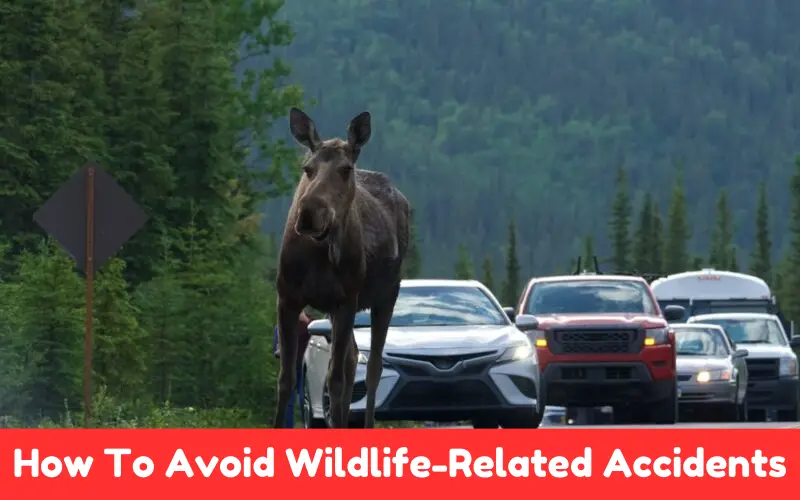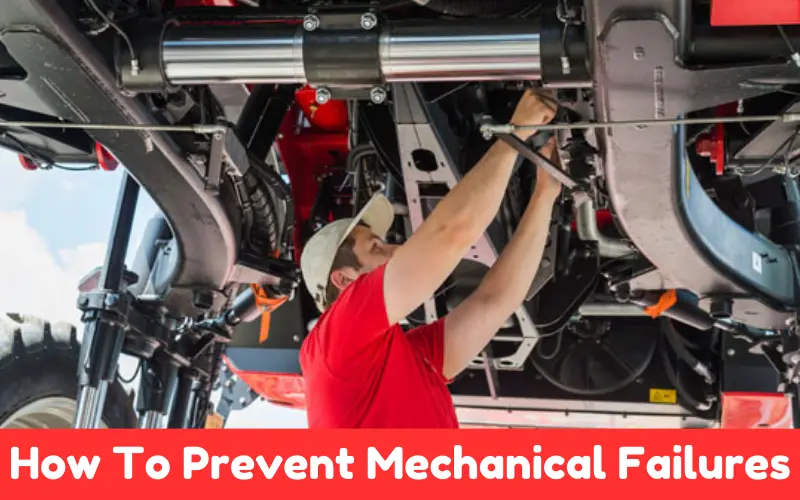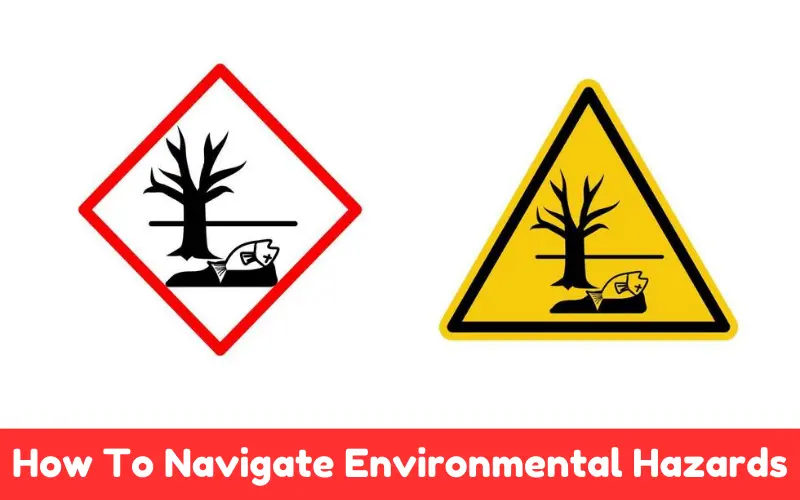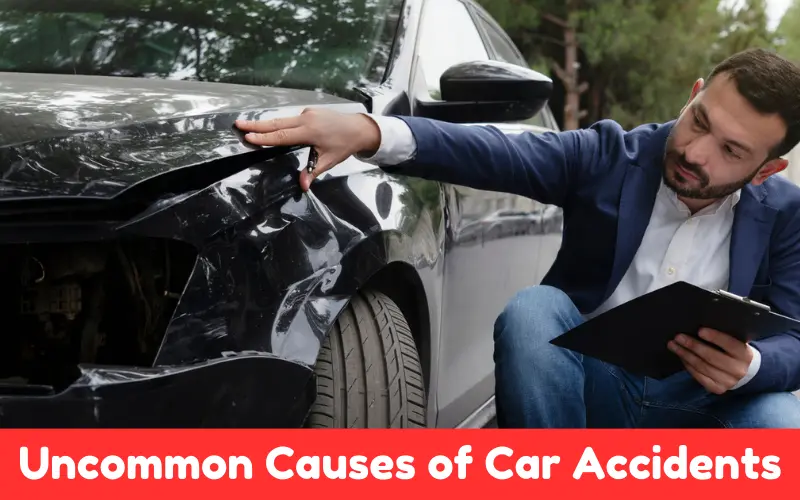If you listen to experts discuss car wrecks, you’ll almost always hear about the same three causes: speeding, distracted driving, and driving while intoxicated.
These are well-documented and relatively simple risks to mitigate with policy changes and law enforcement. As a result, dozens have implemented safety campaigns and laws to counter these factors.
These uncommon causes of car accidents are often unpredictable and quite scary to think about. But avoid them, you should, and so will the other drivers you share the road with.
This blog will cover some uncommon causes of automotive accidents, paired with tips on how to avoid them. If you were injured in an accident, make sure to seek legal guidance from an experienced accident lawyer.
Article Summary
Uncommon Causes of Car Accidents
However, multiple other causes of car accidents are far less typical, even rare, but are no less dangerous to encounter than the prominent problems.
Wildlife Encounters: Nature’s Unexpected Road Hazard
Drivers of passenger cars speeding down rural or forested roads sometimes get a distinctly unpleasant reminder of one of the most unpredictable hazards, namely wildlife.
Deer, elk, raccoons, other four footed animals, and even small mammals like squirrels may suddenly jump out in front of a vehicle at any moment.
Rarely are people in cars properly prepared to stop in time. According to the US Department of Transportation, over 1.5 million animal related car accidents happen in the US every year, and the most common kinds of animals involved are deer.
Each year in the US, 150 people die from such collisions, and many thousands are injured. What makes wildlife vehicle encounters particularly dangerous is that animals, unlike other humans, don’t follow the Rules of the Road.
They don’t abide by traffic signals, drive on the right hand side of the road, or abide by pedestrian crossings or sidewalks.
Driving under the cover of darkness, especially in the hours between dusk and dawn, increases the chances of a collision with wildlife. These are the times when many animals are most active.
How To Avoid Wildlife-Related Accidents
Slow down and keep your eyes peeled. Driving where wildlife is commonly seen, drive slowly and stay attuned. This will give you more time to react if an animal darts into the road.
At night, use your high beams to help perceive animals along the side of the road before they’re a direct threat.

If an animal does run out in front of your vehicle, keep braking firmly, advises the Wildlife Collisions Society in Canada, as swerving could lead to a loss of vehicle control or a head-on collision with another motorist.
Rare Mechanical Failures: When Technology Fails
Modern cars have various safety mechanisms and systems to protect drivers from accidents. Even the most advanced cars have many safety features due to the high risk of traffic accidents.
On the other hand, any machine is subject to occasional errors and malfunctions. This means that even the most engineered vehicles can have unexpected centuries old accidents related problems.
Rare mechanical failure accidents can be one of the most hazardous types of traffic incidents and are hard to anticipate or notice before it is too late.
1. Brake Failure
One of the most fatalistic mechanical failures of a car is brake failure. While cars today have complex braking systems, they are not infallible, and failure can happen.
It can be caused by deterioration of parts, use of faulty parts, and/or improper maintenance. If the brakes of a car fail, stopping at a slow enough speed before a crash would become impossible, especially if the failure occurs at a high speed.
2. Tire Blowouts
A tire blowout occurs when a tire suddenly bursts out of air pressure and starts to deflate at a moving speed. In a common scenario, this happens at a high speed.
Due to the nature of the explosion, which suddenly bursts out of the tire, it not only makes it difficult for the driver to control the vehicle, but it can also cause a fire in the tire.
Less tire mileage, high pressure, and striking objects on the road while driving are leading factors of blowing out.
3. Electrical Failures
Because electronic control units power a growing number of car parts, including power steering and the lights, an electrical fault can result in a vital component cutting out.
Think, for a minute, of headlights going out in the dark while driving along a narrow, twisty road or power steering going on the fritz when negotiating a bend on a wet and slippery surface. The potential for catastrophe is all too blatant here.
How To Prevent Mechanical Failures
Vehicle mechanic failures are easily avoidable by a vehicle’s owner if one is diligent and takes preventive measures for mechanical failures and manufacturing defects.
Get your brakes, tires, and electronic system checked regularly by an experienced mechanic. Check your tire pressure and tread periodically, as blowouts can occur.
Tires that are underinflated or overinflated are more prone to failure than one at the correct pressure. Mechanical problems can also occur due to manufacturing defects.

Updating the recalls for your vehicle model and attending to any recalls immediately will prevent serious accidents.
Environmental Anomalies: Weather and Road Conditions
Though bad weather (heavy rain or snow, for instance) can contribute to accidents, it can also happen that disease or environmental conditions can also cause crashes.
We are talking about what is called black ice: when a layer of ice exists on the road, but it’s so thin that it is difficult to see. Black ice is dangerous because it drastically reduces the tires’ traction, causing cars to skid out of control.
Another environmental factor is fog. Fog reduces visibility to almost zero, meaning drivers cannot see other vehicles, pedestrians, or other obstacles on the road.
It is more common to thicken in patches, making fog particularly dangerous, meaning that a driver might have some sight and drive at high speed before suddenly plunging into low visibility conditions.
While driving in bad weather, especially in fog or ice road conditions, we should reduce the speed ahead of circumstances to have enough time to respond to unexpected cases.
In slippery traffic conditions, sudden turns or braking will cause skidding. Don’t let the car become uncontrollable because of a lack of expertise. Maintain gradual control of the steering and braking.
Always ensure enough distance from the car ahead of you, especially in bad visibilities or slippery conditions. It can help you stop in time in case of an emergency.
Human Health Emergencies: The Unseen Danger
On the other hand, a less common and often overlooked cause of road accidents is sudden health emergencies due to various conditions, such as heart attack, stroke, epilepsy, fainting, etc, while the person behind the wheel is already driving.

Unlike most other causes of accidents, health related accidents are rare and extremely dangerous for everyone involved because, most of the time, they are difficult to see coming, and there is usually no time to react.
How To Reduce the Risk of Health-Related Accidents:
If you have a medical condition that could be expected to affect your ability to drive, you are responsible for ensuring that your condition is appropriately treated or managed.
If you feel dizzy, light headed, or unwell while driving, the safest option is to pull over as soon as it’s safe. It’s better to take a break and stop driving than to push on and risk an accident.
Check how your medication may affect your ability to drive safely. Some medications can cause drowsiness, which impairs reaction times.
Although most auto accidents result from well-known causes, such as speeding, distracted operation, and driver impairment and fatigue, far too many automotive accidents stem from less common roots: encounters with wildlife, rare mechanical failures, natural environmental hazards, and sudden medical emergencies.
Most of these accidents offer the driver little or no warning. By recognizing these low frequency threats and taking common sense steps to guard against them, a driver can influence at least some of the risks inherent in our nation’s roadways.
Staying aware, keeping your vehicle in good condition, and driving carefully under unpredictable circumstances are perhaps the best ways to minimize the chances of an accident, regardless of what surprises our roadways may hold.

